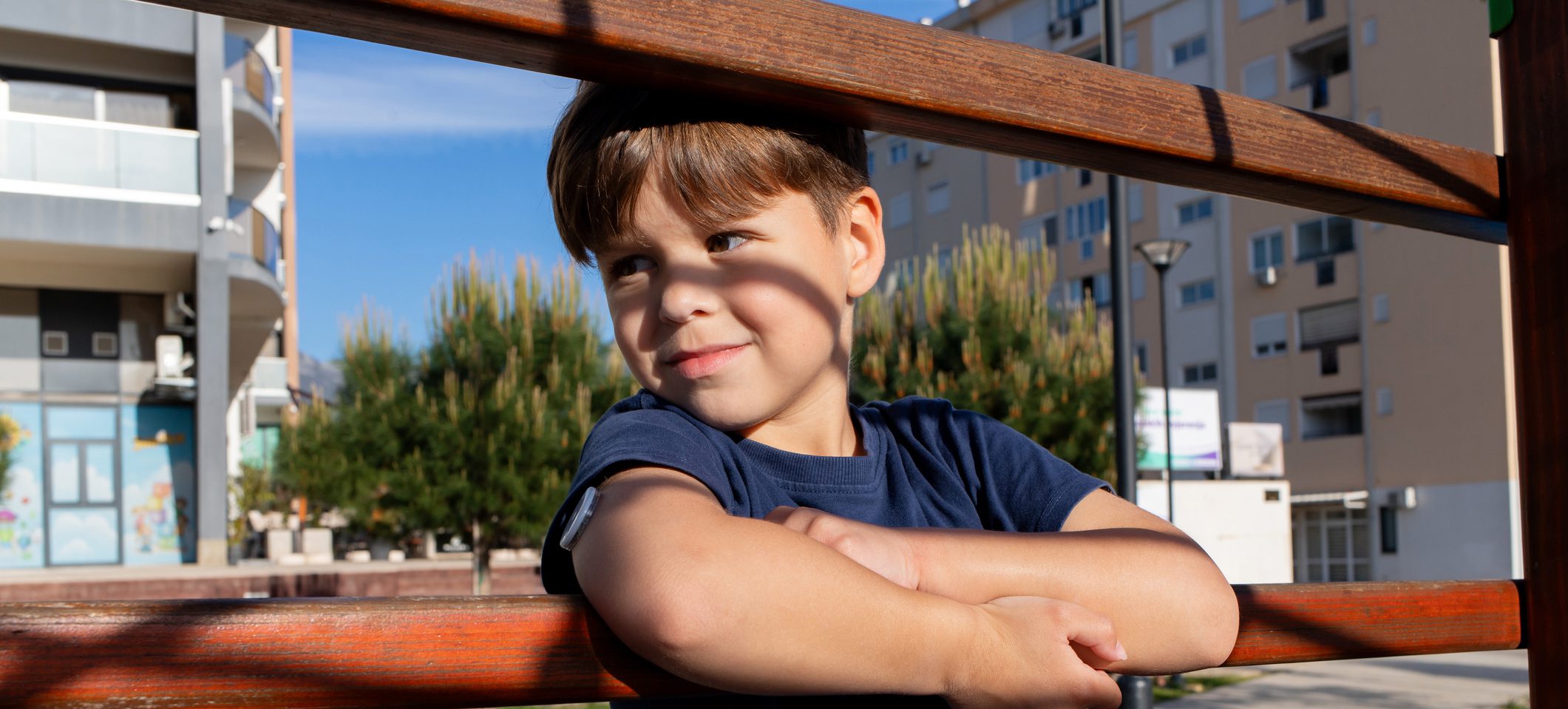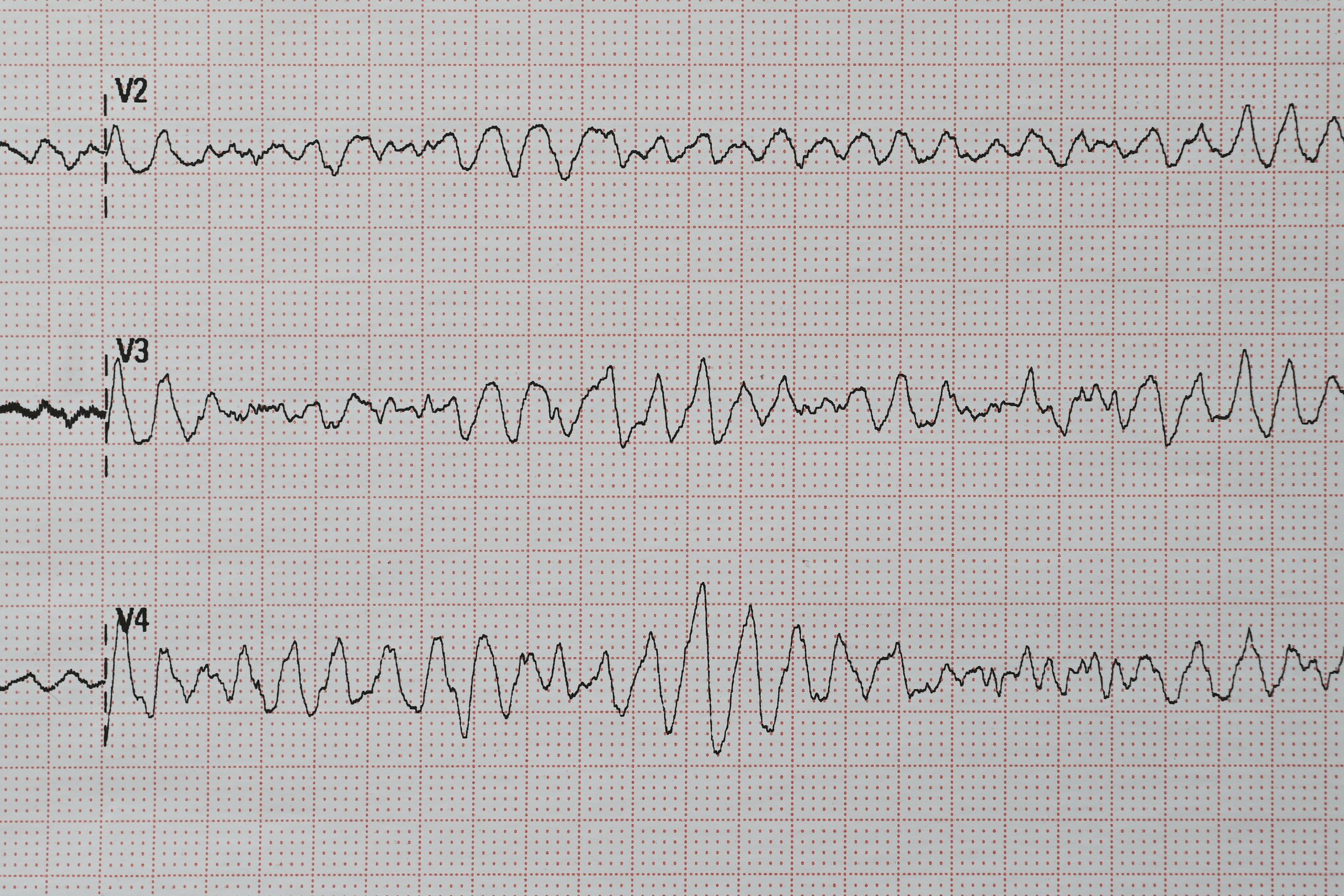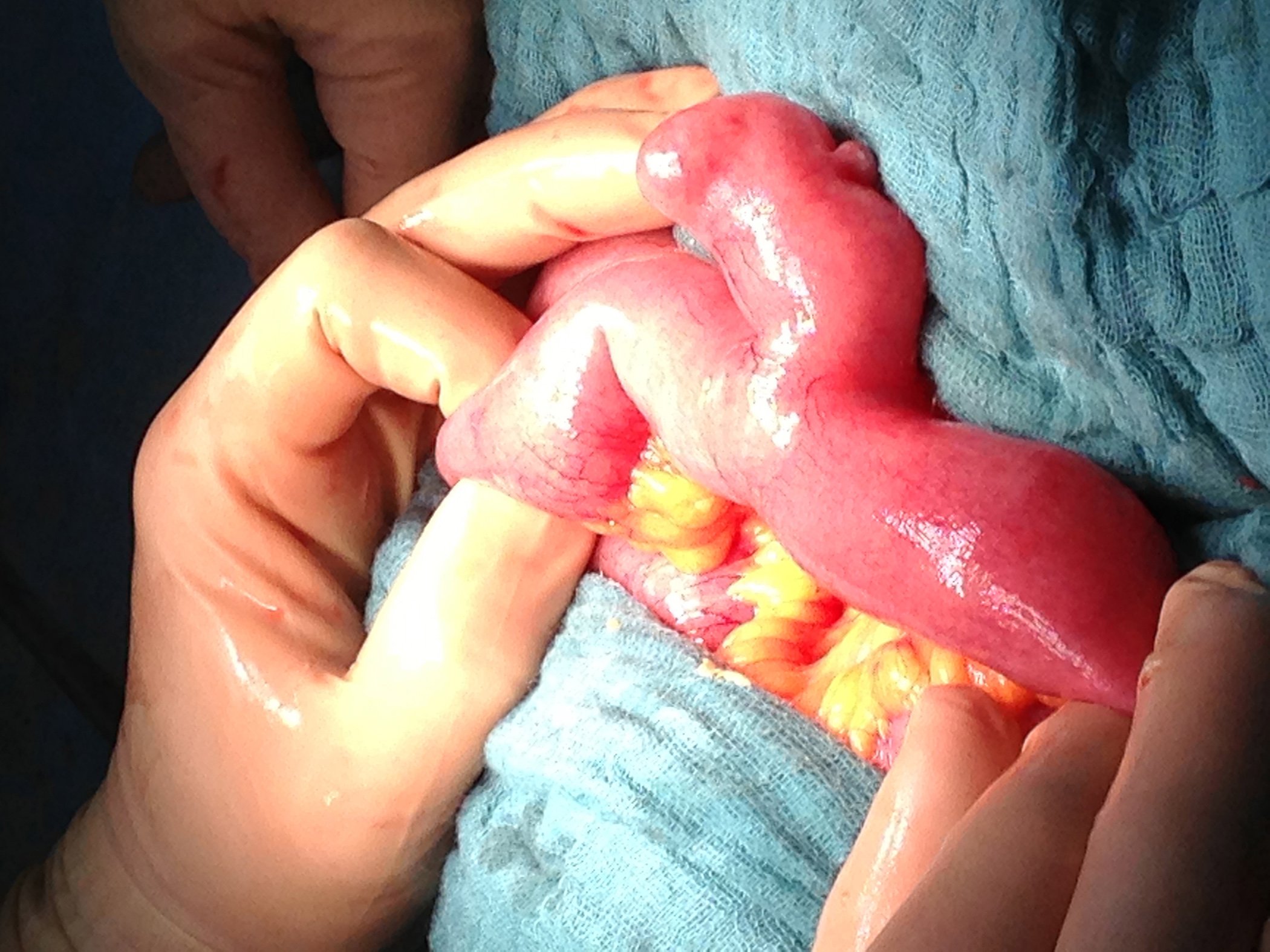Over the past decades, significant progress has been made in understanding the pathogenesis of chronic inducible urticaria (CIndU). Provocation tests continue to play an important role in confirming the diagnosis. For patients who do not achieve disease control despite H1 antihistamines or omalizumab, numerous biologics and small molecules are currently being investigated in clinical trials, most – but not all – of which are directed against new therapeutic targets.
Autoren
- Mirjam Peter, M.Sc.
Publikation
- DERMATOLOGIE PRAXIS
Related Topics
You May Also Like
- COPD therapy
Drug therapy – Update 2025
- Atrial fibrillation: interdisciplinary effort is crucial
Managing risk factors and comorbidities in addition to rhythm control
- Casuistry
Hernia turns out to be a 25 cm long Meckel’s diverticulum
- Side effects under opioid therapy
Is it possible to avoid the inevitable?
- Diagnostics of respiratory viral infections
What is tested when and on whom?
- From symptom to diagnosis
Dyspnea – pulmonary hamartomas
- Phobia
Propranolol and spider phobia: the time window is crucial
- Focus on prevention











